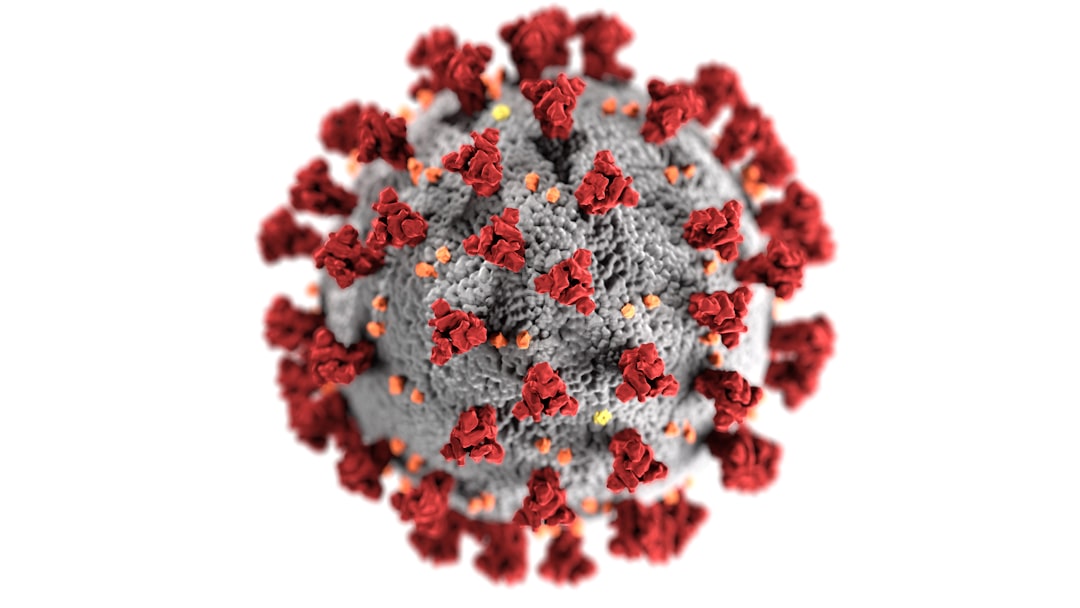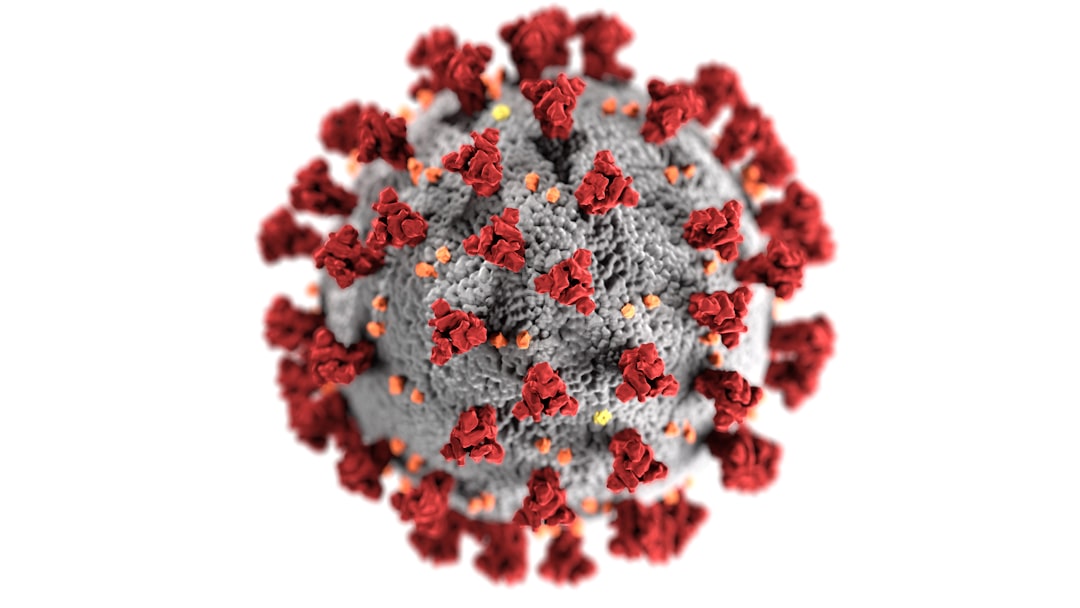What is it about?
Sterols are essential membrane components of most eukaryotic cells, having fundamental structural and signaling functions. Among Opisthokonts - the group that includes fungi, animals and their unicellular relatives, two major types of sterols prevail. Fungi are characterized by having ergosterol, while cholesterol is what predominates in animals. Here we described the dynamic sterol metabolism in Capsaspora owczarzaki, a close unicellular relative of animals. During its life cycle, these amoebas transcriptionally regulate their sterol genes repertoire, alternating between the production of ergosterol from diet-derived cholesterol, in the replicative stages, and the synthesis of 7-dehydrocholesterol de novo in the cystic stage.
Featured Image
Why is it important?
In this work, we find that the gene toolkit for sterol synthesis is larger than previously described for unicellular holozoans, and it is characterized by the coexistence of genes that are considered either typical of animals or fungi. We show these genes are deferentially deployed during the life cycle. Moreover, we described an as yet unknown pathway for the production of ergosterol from incorporated cholesterol in the active life cycle stages. Our results lead us to suggest that the last opisthokont common ancestor (LOCA) already possessed an ample repertoire of genes for sterol synthesis, that were deferentially conserved during fungal or metazoan evolution.
Read the Original
This page is a summary of: Sterol metabolism in the filastereanCapsaspora owczarzakihas features that resemble both fungi and animals, Open Biology, July 2016, Royal Society Publishing,
DOI: 10.1098/rsob.160029.
You can read the full text:
Contributors
The following have contributed to this page










